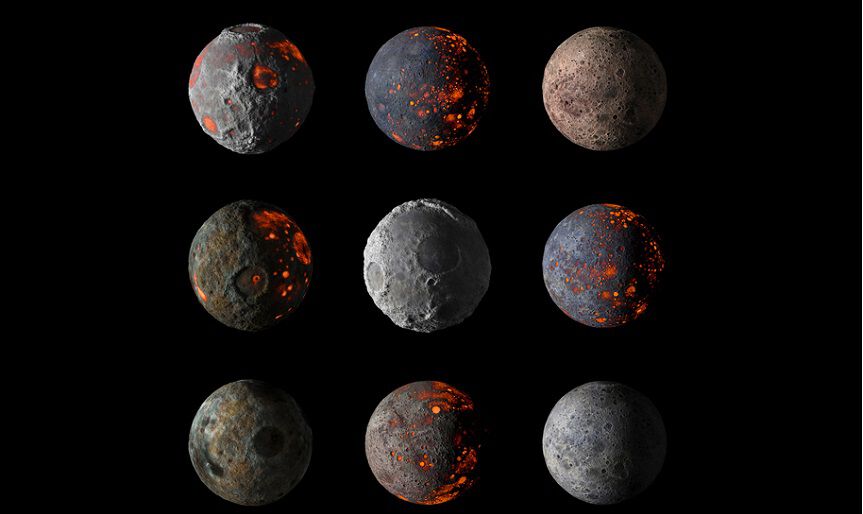The talk can be streamed from UiO Realfagsbiblioteket here.
Abstract
Although a major motivation for observing rocky planets around other stars is to find and study other temperate and potentially habitable planets like Earth, the most readily studied objects are much closer to their star, and much hotter, in some cases hot enough that silicate melts (magmas) are stable at or near the surface. Presently, no body in the Solar System is such a "lava world" (Io may come close) but magma oceans were probably present during the early histories of all the rocky planets, including Earth, a phase that may have determined the planets subsequent evolution.
By studying lava worlds around other stars, we can gain insight into the factors that influence the structure, magnetic fields, atmospheres, climates, and potential habitability of other Earth-like planets. I provide an overview of magma ocean fundamentals and the evidence for these states in the early Solar System. I then describe how ground-based telescopes, the Hubble Space Telescope, and JWST will be revealing much more about lava worlds in the near future.
